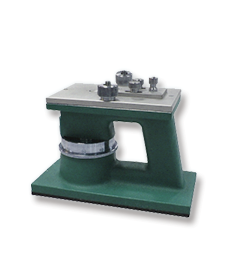What are the different methods of testing fiber microtome?
A fiber microtome is typically a device used to prepare samples of materials, so test methods may vary slightly depending on the type and nature of the sample.
The following are some common fiber microtome test methods:
1. slice quality test: This test method is designed to assess the quality and uniformity of fiber slices. A microscope or image analysis system can be used to examine the shape, size and surface flatness of the slice.
2. Fineness Test: Fineness is a measure of fiber diameter or cross-sectional area. Equipment such as microscopes, optical sensors, or tensile testers can be used to measure the fineness of fibers, such as the number of fibers per unit length or the thread density of fibers.

3. Compositional analysis: The composition of a fiber can be determined by chemical or physical testing of the slice. Commonly used methods include Fourier Transform Infrared Spectroscopy (FTIR), X-ray Diffraction (XRD) and Thermogravimetric Analysis (TGA).

4. Strength testing: Used to measure the strength, durability and tensile properties of fibers. Common test methods include monofilament strength testing, rope or cable testing, and tensile or flexural testing.
5. Morphological Characteristics Testing: Through equipment such as microscopes or scanning electron microscopes (SEM), morphological characteristics of fibers, such as fiber length, shape, curvature, and surface characteristics, are observed and recorded.
Depending on the specific test requirements and sample types, it is necessary to choose the appropriate test method and test instrument to obtain more accurate test results. Before performing fiber microtome testing, please be sure to familiarize yourself with the use and safe operation of the fiber microtome to avoid accidents.

